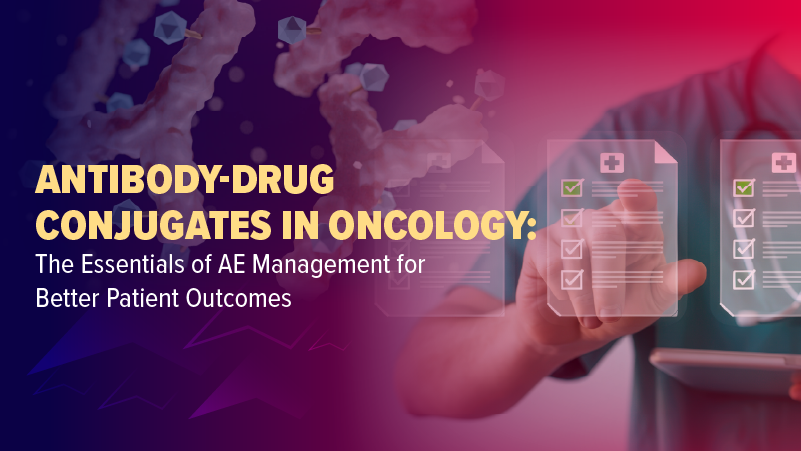
ADA: Study says non-insulin dulaglutide demonstrates effective blood glucose control in diabetes patients
American Diabetes Association Scientific Sessions in San Francisco, showed that investigational, non-insulin, once-weekly dulaglutide 1.5 mg provided significant blood glucose control for patients with type 2 diabetes.
Some patients with type 2 diabetes reach a point where oral therapy alone may no longer be effective enough. In these cases, healthcare professionals may choose to intensify treatment with an injectable.
Data from
Results from the randomized, 78-week, open-label AWARD-2 trial, conducted in 807 patients with poorly controlled type 2 diabetes, evaluated the safety and efficacy of 2 doses of once-weekly dulaglutide compared to insulin glargine as add on to combination therapy with sulfonylurea and metformin. The study showed that once-weekly dulaglutide 1.5 mg provided superior blood sugar control at 52 and 78 weeks. Significantly more dulaglutide 1.5 mg-treated patients reached target HbA1c levels of less than 7%. Further, once-weekly dulaglutide 0.75 mg was non-inferior to insulin glargine in reducing HbA1c levels. Both doses of dulaglutide were associated with sustained weight loss, while insulin glargine showed weight gain.
Results from the randomized, 52-week, open-label AWARD-4 trial showed that once-weekly dulaglutide 1.5 mg and 0.75 mg combined with mealtime insulin lispro provided superior blood sugar control at 26 and 52 weeks compared to the traditional basal/bolus combination of insulin glargine and mealtime insulin lispro. Further, at the 26-week primary end point, significantly more dulaglutide-treated patients reached target HbA1c levels of less than 7%, and patients treated with the dulaglutide/mealtime insulin lispro combination had approximately 30% lower total insulin dose. Both doses of dulaglutide, in combination with mealtime insulin lispro, were associated with relative weight benefit compared to the basal/bolus therapy of insulin glargine and mealtime insulin lispro. The study was conducted in 884 patients.
Results from the AWARD-6 trial, a head-to-head comparison of once-weekly dulaglutide 1.5 mg and once-daily liraglutide 1.8 mg, showed that dulaglutide was non-inferior-and in fact provided similar reductions in average HbA1c levels-compared to once-daily liraglutide. Further, patients treated with once-weekly dulaglutide and once-daily liraglutide showed significant, sustained weight reductions from baseline; this weight reduction was statistically greater in the liraglutide treatment arm. The study was conducted in 599 patients.
In all 3 studies, nausea was the most common adverse event reported for dulaglutide, and was mostly mild to moderate. In AWARD-6, the head-to-head study versus liraglutide, the pattern of nausea was similar between dulaglutide and liraglutide. Other frequently reported adverse events were diarrhea and vomiting.
An additional, phase 3b study presented at ADA evaluated the safety and efficacy of the single-use pen (SUP) device. Results showed that patients with type 2 diabetes who do not currently use an injectable medicine were able to successfully inject with the SUP
If approved, it will be the only GLP-1 receptor agonist that is both once-weekly and ready-to use.
Newsletter
Get the latest industry news, event updates, and more from Managed healthcare Executive.






















































